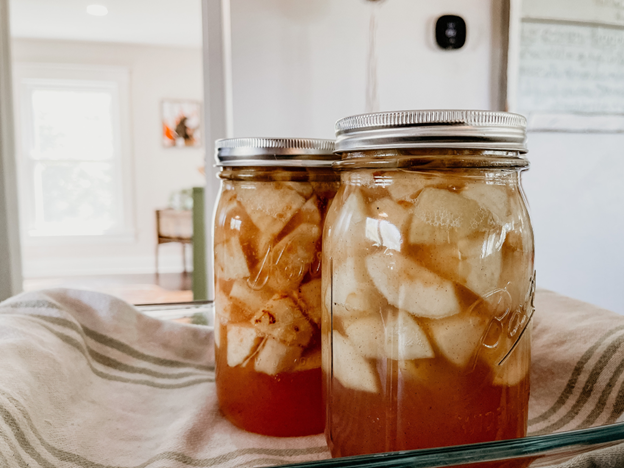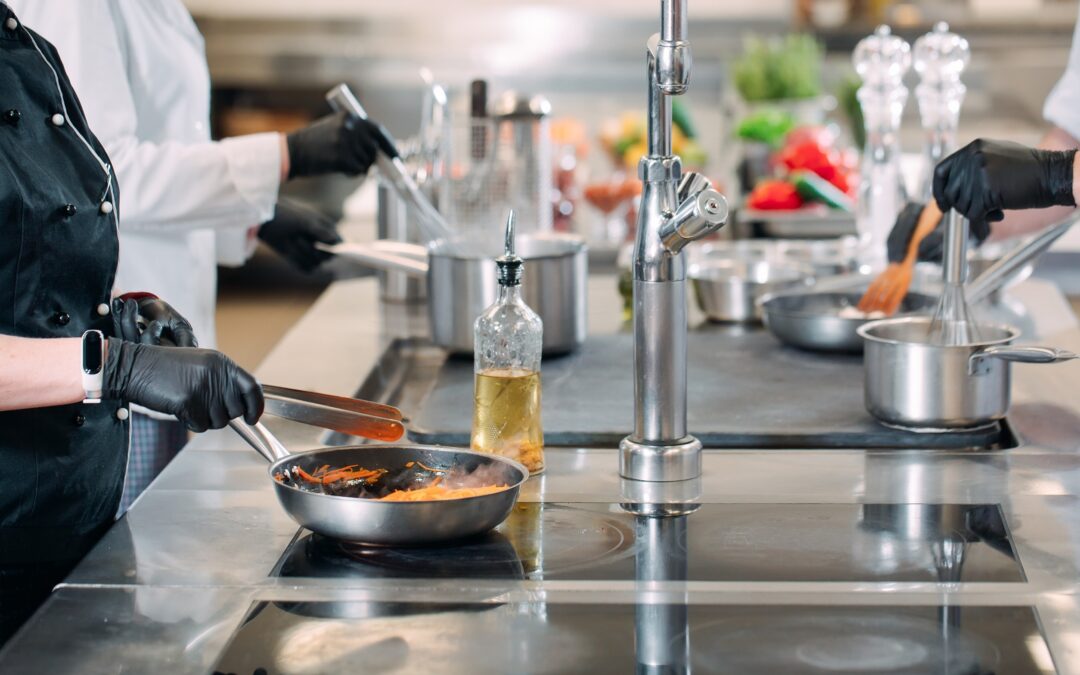Maybe you’ve thought about canning at home—and it’s understandable, as it’s a great way to preserve seasonal flavors and enjoy things all year round. If you do try out home canning, though, be careful to do proper research, as there are great safety risks involved, the most dangerous being botulism.
Read on as we look more closely at what botulism is and how you can prevent it when canning food at home, so you can enjoy the canning process without worry.
Understanding Botulism
Botulism is a rare illness resulting from toxins produced by the Clostridium botulinum bacteria. These bacteria proliferate rapidly in oxygen-free environments, such as improperly canned foods. As a result, when canning food, caution is required. The toxins affect the nervous system, leading to symptoms such as muscle weakness, paralysis, and potentially fatal consequences if not promptly treated. Given the hazards involved, make sure to prioritize safety and learn the proper techniques for canning the foods you enjoy.
Preventing Botulism
Preventing botulism requires following proper home canning techniques to ensure the safety of your preserved foods. The following guidelines are important for preventing the growth of Clostridium botulinum and reducing the risk of botulism:
Use Reliable Recipes and Resources
When canning at home, it is important to use tested and trustworthy canning recipes from reputable sources. These techniques have been developed and tested to ensure the correct processing times and acid levels necessary to prevent bacterial growth.
Choose the Appropriate Canning Method
The choice of what canning method you will use should depend on the acidity of the food being preserved. High-acid foods, such as fruits and pickles, can be safely canned using the water bath canning method. However, low-acid foods, including some vegetables, meats, and seafood, require the use of a pressure canner to achieve the necessary high temperatures for killing bacteria and their spores.
Follow Recommended Processing Times and Temperatures
Canning recipes will typically give recommended processing times and temperatures, which should be carefully adhered to and monitored. The type of food canned, and the method used will impact the processing time and temperature. To fully destroy any of the Clostridium botulinum bacteria, the processing method needs to reach a certain temperature; so long as this is done, the bacteria will not be present, and your canned goods will be safe to enjoy.
Ensure Proper Jar Sealing and Storage
After the canning process, check the jars to ensure they are properly sealed. A well-sealed jar should not flex when pressed in the center of the lid. Additionally, store home-canned foods in a cool, dark place to maintain their quality and safety. Discard any jars with bulging lids, leaks, or signs of spoilage.
Educate Yourself on Warning Signs
Familiarize yourself with the signs of spoilage or contamination in home-canned foods. These may include unusual odors, discoloration, visible mold, or changes in texture. If you notice any of these signs, discard the contents immediately, as they may indicate bacterial growth.
At TSC Associates Inc, our ServSafe programs will see to it that you never have any trouble spotting the signs of botulism and keeping your diners safe. Contact us today to learn more!




